Pantry Vegetable Garden: Tips On Planting For The Pantry
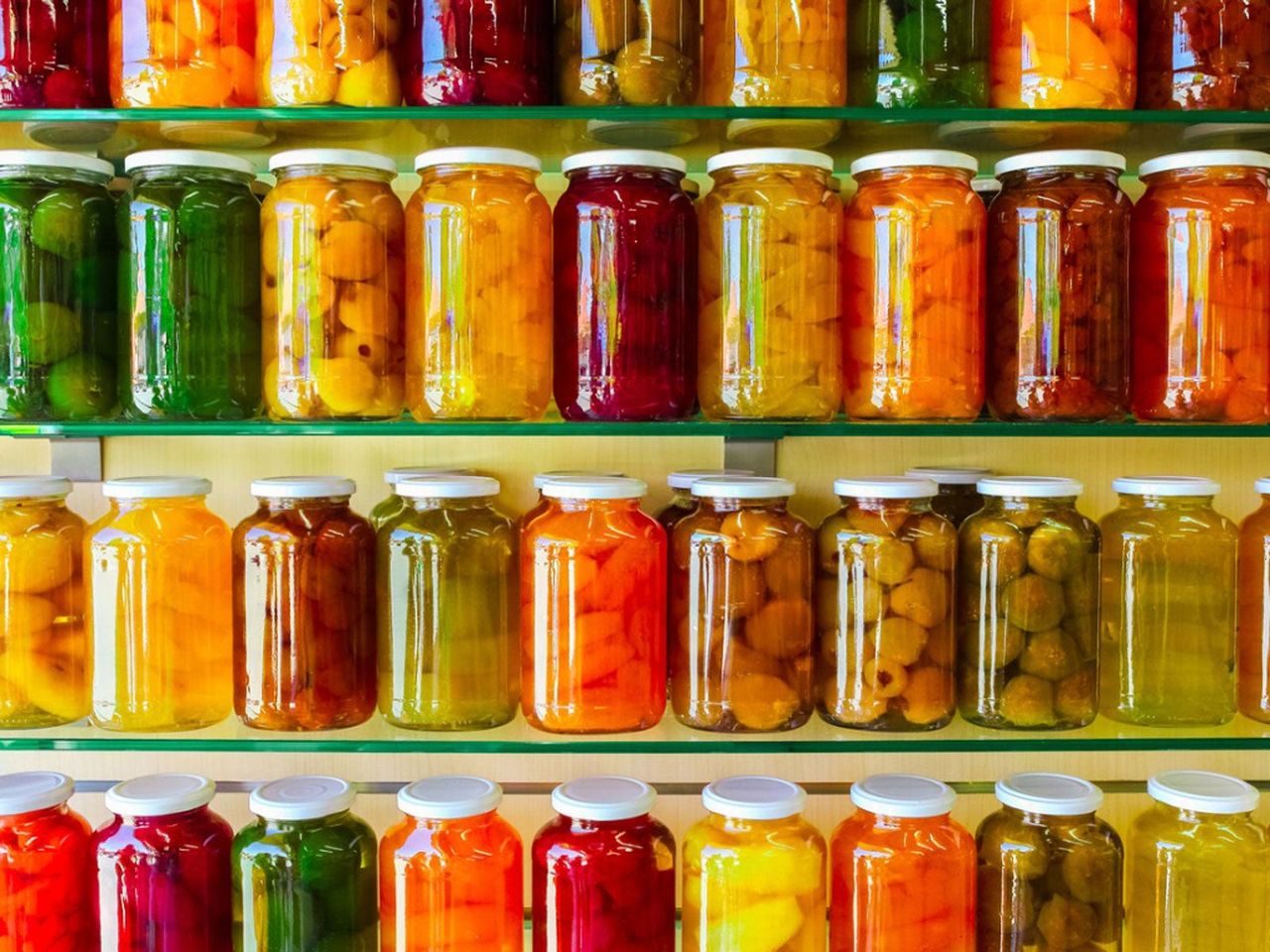

Few things are finer than walking out your door and picking your own fresh produce. Having a pantry vegetable garden keeps food close on hand and allows you to control what, if any, chemicals contact your produce.
Planting for the pantry garden starts with a little planning, seed acquisition, and soil augmentation. With a little advance prep, you'll be making meals from your garden in just a few months. Keep reading for a little pantry garden info.
How to Grow a Living Pantry
Our parents or grandparents may have participated in a Victory Garden, but today's gardeners grow a wide variety of food just for fun, as an economic gesture, and in order to ensure their consumables are safe and organic. Building a food pantry garden can provide healthy food year-round in many regions and is not difficult with a little know-how.
First things first. You need good soil. Most vegetables prefer a pH range of 6.0 to 7.0. If your soil is too alkaline, say above 7.5, you will need to amend it. Adding sulfur will adjust the pH but it should be done about six months prior to planting for best results. Mix in good organic matter like leaf litter, compost, or any easy-to-break-down items that will juice up the soil and improve drainage.
Next, select your seeds or plants. Many plants will not survive a hard freeze, but there are many cool-season plants from which to select and also those that will produce vegetables that can be stored or processed for consumption in the wintertime. Things like hard-shelled squash will grow in summer but can be stored in a cool area and enjoyed throughout the cold season.
Items for a Food Pantry Garden
Canning, freezing, and drying will preserve the food you grow in the summer months. Even in small spaces, you can grow many items. Trellising smaller squash, tomatoes, eggplants, and other foods will maximize the space. If you are lucky enough to have a larger garden, the sky's the limit.
Definitely ideal when it comes to planting for the pantry, you’ll want to include:
Gardening tips, videos, info and more delivered right to your inbox!
Sign up for the Gardening Know How newsletter today and receive a free copy of our e-book "How to Grow Delicious Tomatoes".
While much of your crop will get winter killed, you can preserve it in a variety of ways. Some, like potatoes, will last a long time in cold storage. Don't forget herbs either. You can use them fresh or dried to add zing to all your dishes.
Long-Term Pantry Plants
While a pantry vegetable garden will get you all the green things you need, don't forget about fruit. In certain regions it’s possible to grow almost anything you can think of, like:
There are new frost-tolerant varieties available, so even northern gardeners can enjoy their favorite fruits. Of course, many of these grow readily in containers that can be cared for indoors.
Learning how to can or purchasing a freeze dryer or food dehydrator will extend the fruit season. Many of these trees won't produce the first year but should be part of planning to grow a living pantry. They will round out your veggie harvests and the fruit will last until the following year with proper preparation.

Bonnie Grant is a professional landscaper with a Certification in Urban Gardening. She has been gardening and writing for 15 years. A former professional chef, she has a passion for edible landscaping.
-
 Why Are My Seedlings Wilting? 6 Common Causes – And How To Save Them
Why Are My Seedlings Wilting? 6 Common Causes – And How To Save ThemWilted seedlings are a definite sign that something is not right. Learn how to diagnose the problem and bring baby plants back from the brink.
By Teo Spengler
-
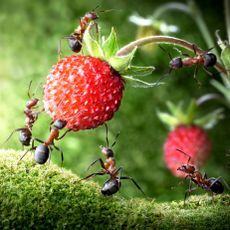 Bugged About Strawberry Pests? 6 Common Pests, Plus How To Protect Your Precious Strawbs
Bugged About Strawberry Pests? 6 Common Pests, Plus How To Protect Your Precious StrawbsStrawberry plants looking a little under the weather and not sure why? Check to make sure they haven’t come a-cropper to one of these classic strawberry pests
By Tonya Barnett
-
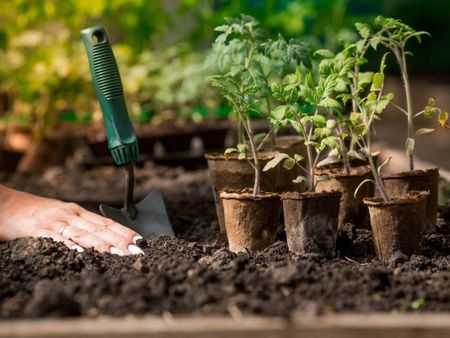 How Many Vegetables To Plant Per Person For A Year
How Many Vegetables To Plant Per Person For A YearGauging how much to plant in a vegetable garden can eliminate waste while still producing enough for your family. Click for more.
By Bonnie L. Grant
-
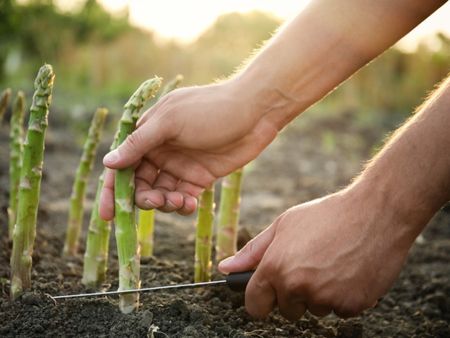 13 Perennial Fruits And Vegetables You Only Have To Plant Once
13 Perennial Fruits And Vegetables You Only Have To Plant OnceLooking to set it and forget it? Find out which fruits and vegetables can be grown as perennials.
By Laura Miller
-
 11 Edible Plants For A Year-Round Garden In A Bucket
11 Edible Plants For A Year-Round Garden In A BucketWant to know how to grow food inside your house and which foods do best indoors? Click here to learn all about it.
By Bonnie L. Grant
-
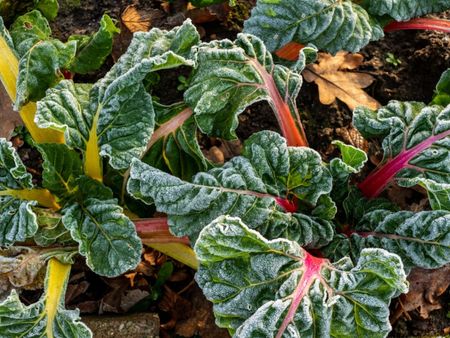 Frost Tolerance Of Vegetables From Least To Most Hardy
Frost Tolerance Of Vegetables From Least To Most HardyHow cold can vegetables tolerate? Knowing which veggies will survive frosts and freezes is essential for the success of your garden. Click here for more.
By Laura Miller
-
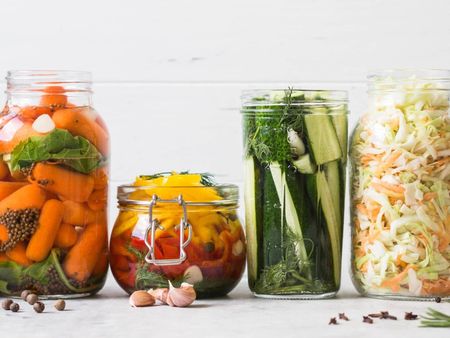 Best Vegetables To Pickle Straight From The Garden
Best Vegetables To Pickle Straight From The GardenPickles aren’t limited to just cucumbers. Read on for tips on pickling your fresh veggies.
By Amy Grant
-
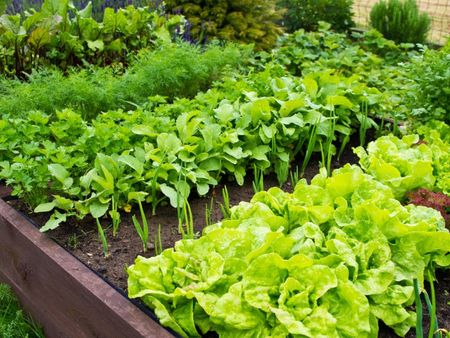 Benefits Of Planting In Fall Vs. Spring Vegetable Plots
Benefits Of Planting In Fall Vs. Spring Vegetable PlotsLearn why some vegetables do better if you plant them in fall instead of spring.
By Laura Miller
-
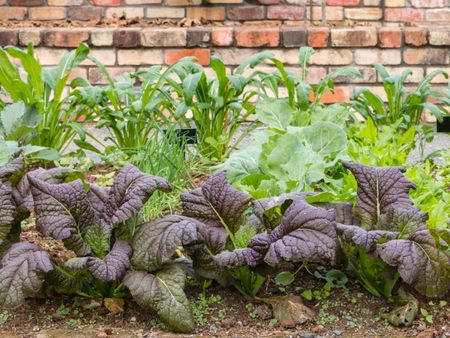 Interplanting Vegetables In The Fall Garden
Interplanting Vegetables In The Fall GardenLearn all about the benefits of interplanting vegetables for your fall garden.
By Laura Miller
-
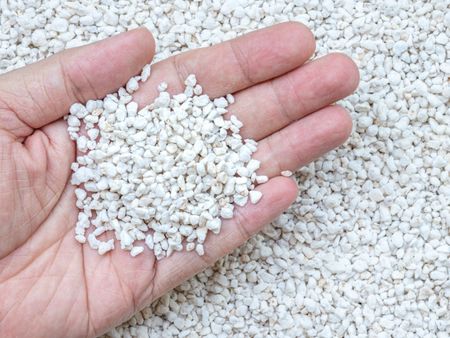 Best Vegetables For Growing In Perlite
Best Vegetables For Growing In PerlitePerlite is a natural growing medium that comes from super-heated volcanic glass. In some cases, it works better than soil. Read on for more info.
By Laura Miller